Unlike in the past, nowadays almost every RV has the conveniences of the home to which we’ve all grown very accustomed to. This includes a wide array of electrical devices and appliances. If you enjoy spending lots of time in your home away from home, or have decided to live in one for a while, it’s pretty essential to have a basic understanding of the RV’s electrical system and how it works.
I understand that most RV-ers aren’t electrical engineers, so I won’t get too technical. However, I will provide you with the basic knowledge and vocabulary so you can easier understand what’s happening with all your wires, panels, batteries, cables and so on.
First and foremost, regardless whether you’re home or in an RV, you’ll probably never have access to an infinite amount of electrical power. That being said, you need to consider the watts of all your devices in appliances, so that you know whether or not you need things like a 15 amp to 10 amp adaptor (also commonly found as a 10 amp to 15 amp adaptor). The point of this is, you want to stay under the available amount of wattage, so that all your circuits run smoothly. Without a 10 amp to 15 amp adaptor, you also risk frying up your devices, or your RV’s electrical system circuit.
An RV typically has two electrical systems – a 12V and 120V system. The 12V system is usually powered by a single or multiple batteries, and it powers things like the fridge, furnace, water heater and lights in your living space, and a couple of other things. The 120V system, on the other hand, is powered by a generator or an RV electrical hook-up plug. This system powers your TV, kitchen appliances and other electrical appliances.
Pretty much every RV has a power cord which you can plug into the pedestal at a campground (if it has an available hookup). They typically come either in 30 or 50 amps. 30 amp cords have three prongs and 50 amp cords have four. If you have a 50 amp hook, you can plug in more appliances and use more electricity than if you have a 30 amp hook. However, as aforementioned, you can invest in an adapter to ensure you can use your power cord in any case.
It’s important to frequently inspect your RV’s electrical system and maintain it properly. This is done so you can prevent small issues from becoming big problems. Take a look at the batteries occasionally, make sure all the connection points are safe and secure, and nothing looks frayed or damaged. A good time to do so is before every trip. If something looks off, just fix it so it doesn’t ruin a great adventure!


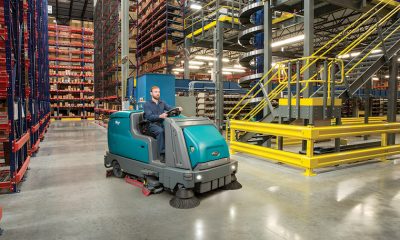
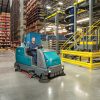








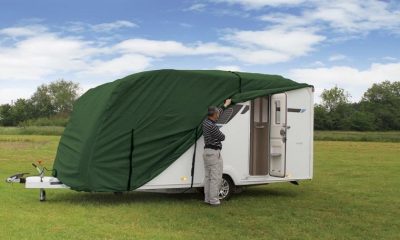
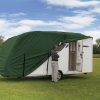
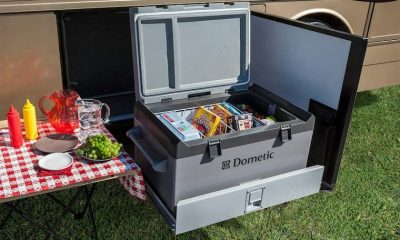
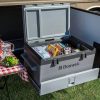
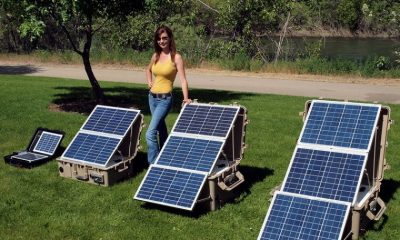
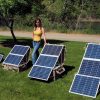
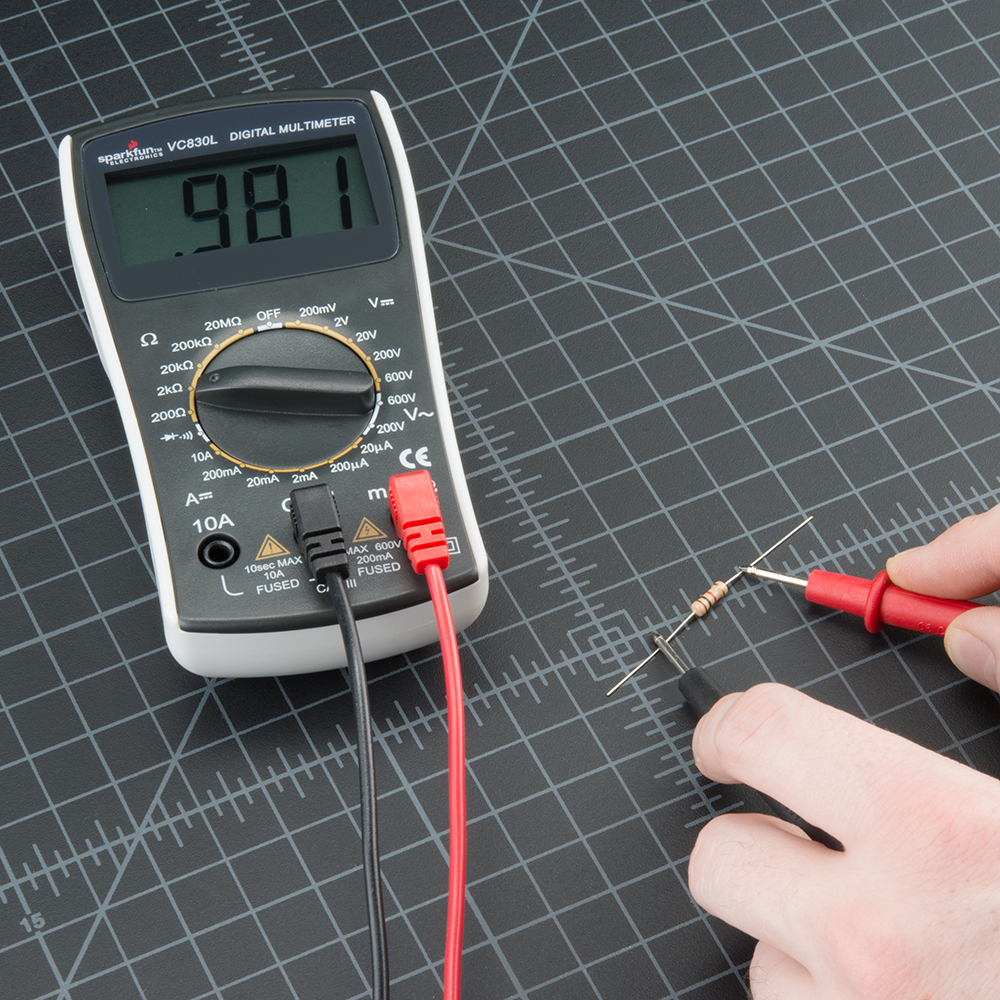
You must be logged in to post a comment Login